Top 10 Dog Training Mistakes to Avoid for Success

Introduction
Avoiding dog training mistake is essential to creating a harmonious relationship between a pet and its owner. Proper training ensures that your dog listens to commands, behaves well in social settings, and understands boundaries. However, many dog owners unknowingly make several common mistakes that can hinder their pet’s progress.
By recognizing and avoiding these dog training mistakes, you can build a solid foundation for your dog’s behavior and create a happier, more obedient companion.
Mistake 1: Lack of Consistency
Consistency is one of the most critical elements in dog training. Dogs thrive on routine and clear expectations, and inconsistent training can confuse them. For example, if you allow your dog to jump on you one day but scold them for the same behavior the next day, the dog won’t understand what’s acceptable.
This inconsistency extends to commands, rules, and even household members.
How to Avoid:
Ensure that everyone in the household is on the same page about the dog’s training. Use the same commands for specific actions, and always reinforce good behavior with positive reinforcement. A consistent routine helps the dog learn faster and feel secure.
Mistake 2: Not Starting Early Enough
Some owners delay training, which is one of the dog training mistake. believing their puppy is too young to understand commands. However, the sooner you start training, the easier it will be to instill good habits. Puppies are like sponges, absorbing information from their surroundings, and training them early on helps prevent undesirable behaviors.
How to Avoid:
As soon as your puppy gets home, start training them. Start with basic commands like “sit,” “stay,” and “come.” Use positive reinforcement and keep sessions short to avoid overwhelming the puppy. You can use more sophisticated training methods as they develop.
Mistake 3: Using Negative Reinforcement
Punishing your dog for mistakes is common in dog training mistakes list that many owners make. Negative reinforcement, such as scolding or physical punishment, can lead to fear, anxiety, and aggression in dogs. Instead of learning what they did wrong, the dog may become scared of training altogether.
How to Avoid:
Focus on positive reinforcement, which rewards good behavior with treats, praise, or playtime. Positive reinforcement encourages dogs to repeat good behaviors and creates a trusting bond between you and your pet.
Mistake 4: Inconsistent Rewards
Rewarding your dog is a powerful tool in training, but inconsistency can be problematic. If rewards are given at random intervals or for unintended behaviors, your dog may become confused about what actions are being reinforced. And most of the dog owners don’t think that this is also a dog training mistake, which is very crucial.
How to Avoid:
Reward your dog whenever they exhibit the desired behavior. Gradually reduce treats as they master commands, replacing them with praise or affection. This method helps solidify their understanding of the command without becoming reliant on treats.
Mistake 5: Skipping Socialization
Socialization is a crucial aspect in dog training mistakes which is often overlooked. Dogs that aren’t properly socialized may develop fear, anxiety, or aggression toward unfamiliar people, animals, or environments. Skipping this critical step can result in a dog that is difficult to control in public settings.
How to Avoid:
Start socializing your dog from an early age. Positively and carefully introduce them to various settings, noises, people, and other dogs. Make sure to expose them gradually and reward calm and friendly behavior.
Proper socialization will help your dog feel more confident and relaxed in new situations.
Mistake 6: Expecting Immediate Results
Avoiding and completely removing Dog training mistakes takes time, patience, and persistence. Some owners expect their dog to grasp commands quickly and become frustrated when progress is slow.
However, every dog learns at its own pace, and expecting immediate results can lead to discouragement.
How to Avoid:
Stay patient and understand that training is a gradual process. Celebrate small wins and progress, and be consistent with your training efforts. Even if your dog struggles with certain commands, avoid frustration, as this can negatively impact their progress.
Mistake 7: Training for Too Long
Overly long training sessions can exhaust your dog, causing them to lose focus and interest. Dogs have short attention spans, and training them for extended periods can become counterproductive.
How to Avoid:
Keep training sessions short and focused. Aim for 10-15 minute sessions, especially with younger dogs. This keeps your dog interested and motivated to learn. Frequent short sessions spread throughout the day will be more effective than a single long session.
Mistake 8: Forgetting to Proof Commands
Once your dog has learned a command at home, many owners assume they’ll follow it everywhere. Here the dog owners don’t think of this dog training mistake, which left them with strange behavior of their dog.
However, dogs often associate specific commands with specific locations. Without practicing commands in different environments, your dog may struggle to follow them in unfamiliar places.
How to Avoid:
Practice commands in a variety of environments with increasing distractions. This is called “proofing.” Start by practicing in quiet areas and gradually increase the level of distractions. This will help your dog learn to obey commands no matter the setting.
Mistake 9: Ignoring Body Language
Dogs communicate largely through body language, and ignoring these signals can lead to misunderstandings during training. For example, a dog may show signs of stress or fear, but owners often overlook these cues, continuing training despite the dog’s discomfort.
How to Avoid:
Learn to read your dog’s body language. Look for signs of stress such as yawning, licking lips, or avoiding eye contact. If your dog shows signs of stress, stop the training session, give them a break, and try again later. Training should always be a positive experience for your dog.
Mistake 10: Not Using Professional Help When Needed
Some dog owners may struggle with training on their own, especially when dealing with difficult behaviors like aggression or anxiety. That’s why they couldn’t handle the dog training mistakes during the training.
In these cases, trying to handle the situation without professional help can be ineffective or even harmful.
How to Avoid:
If you’re having difficulty with training, don’t hesitate to seek help from a professional dog trainer. A trainer can provide personalized guidance, troubleshoot specific issues, and teach you effective techniques to address your dog’s needs. It’s better to invest in professional training early than to deal with persistent behavioral problems later on.
Conclusion
Training your dog is one of the most rewarding aspects of dog ownership, but it requires patience, consistency, and the right techniques. By avoiding these common mistakes and focusing on positive, effective training methods, you’ll set your dog up for success and strengthen the bond between you and your furry friend.
Remember, every dog is unique, so take the time to understand your pet’s needs and progress at their pace. With proper training, you can create a well-behaved, happy, and confident dog that is a joy to be around.
Reference


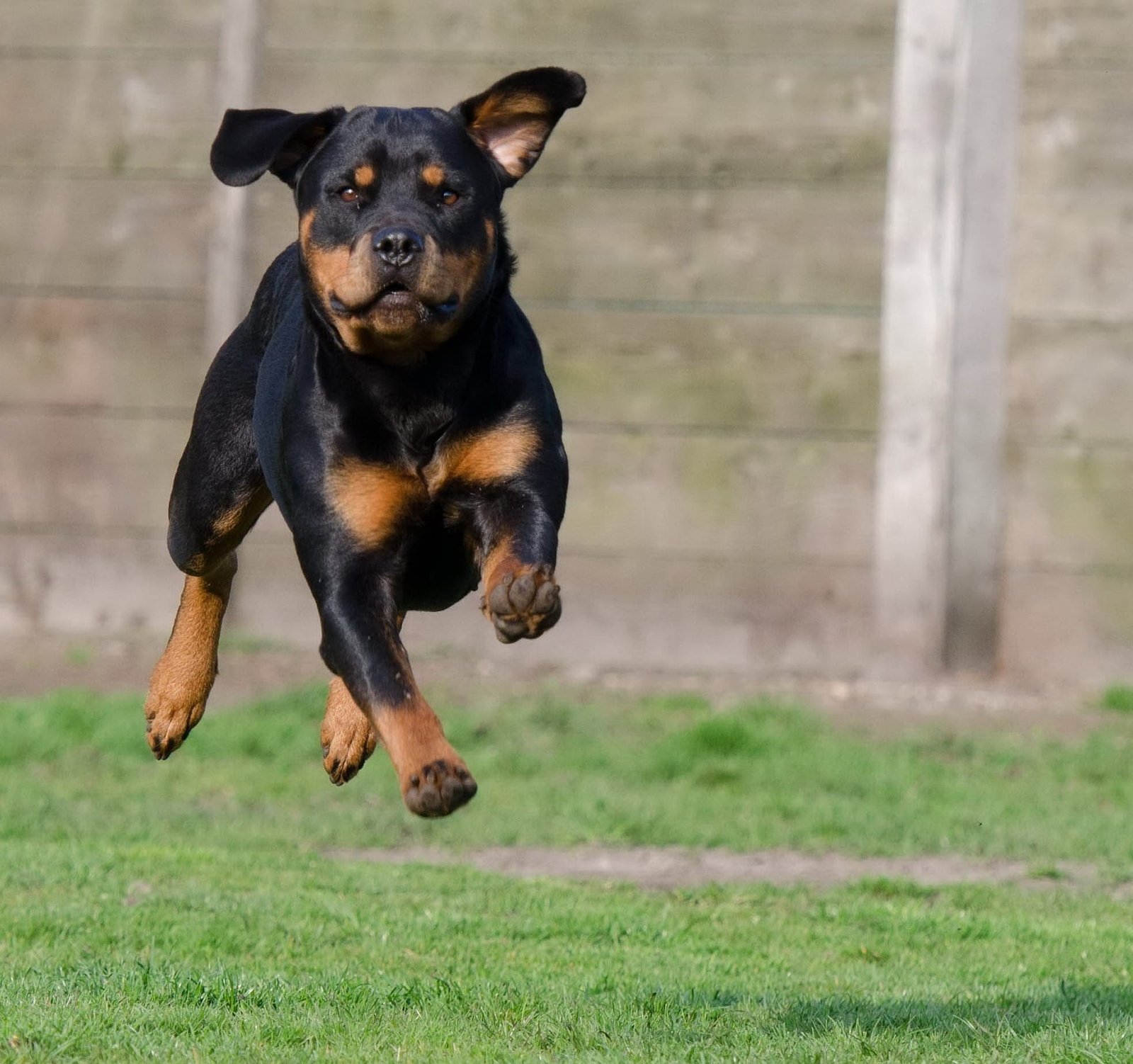
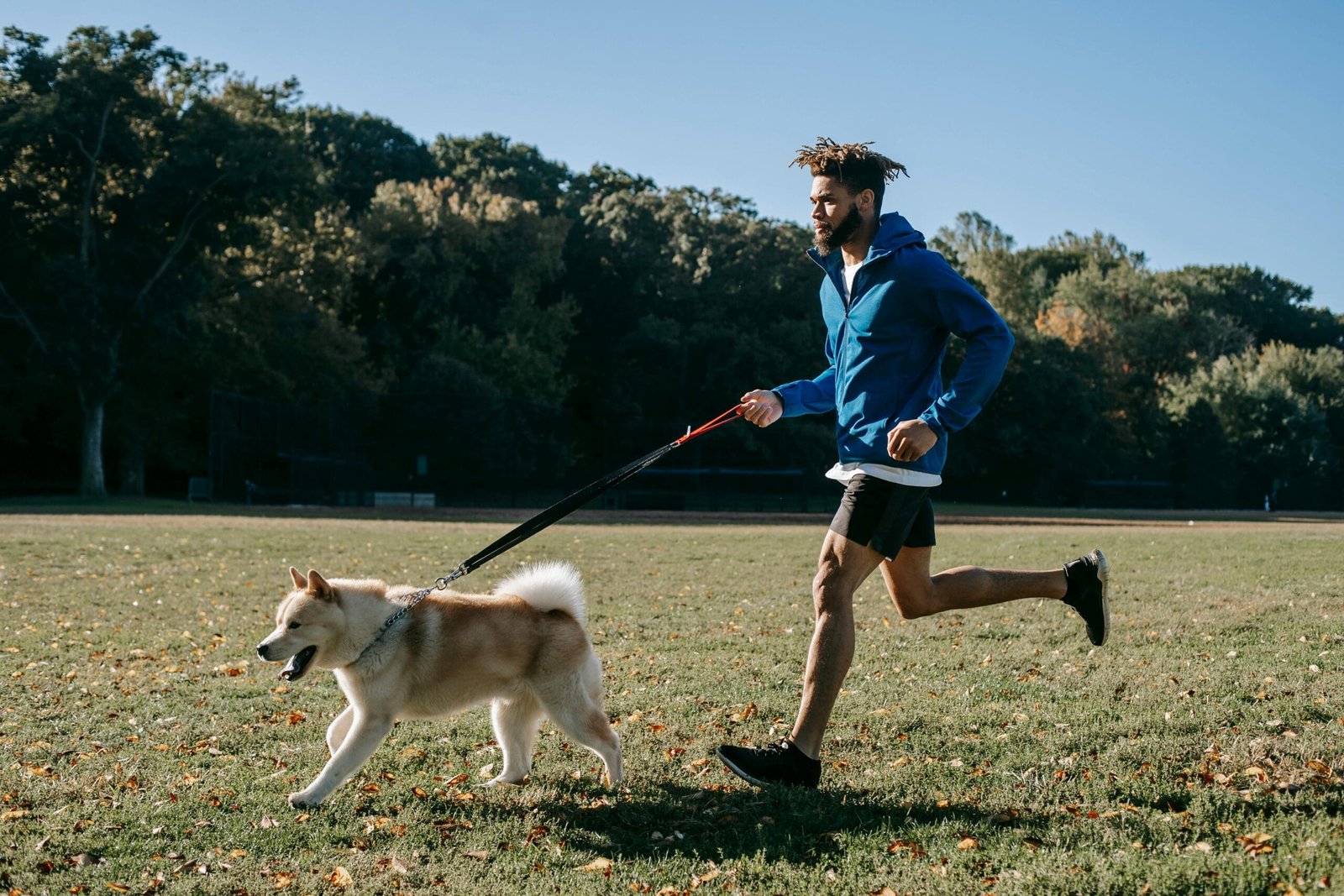
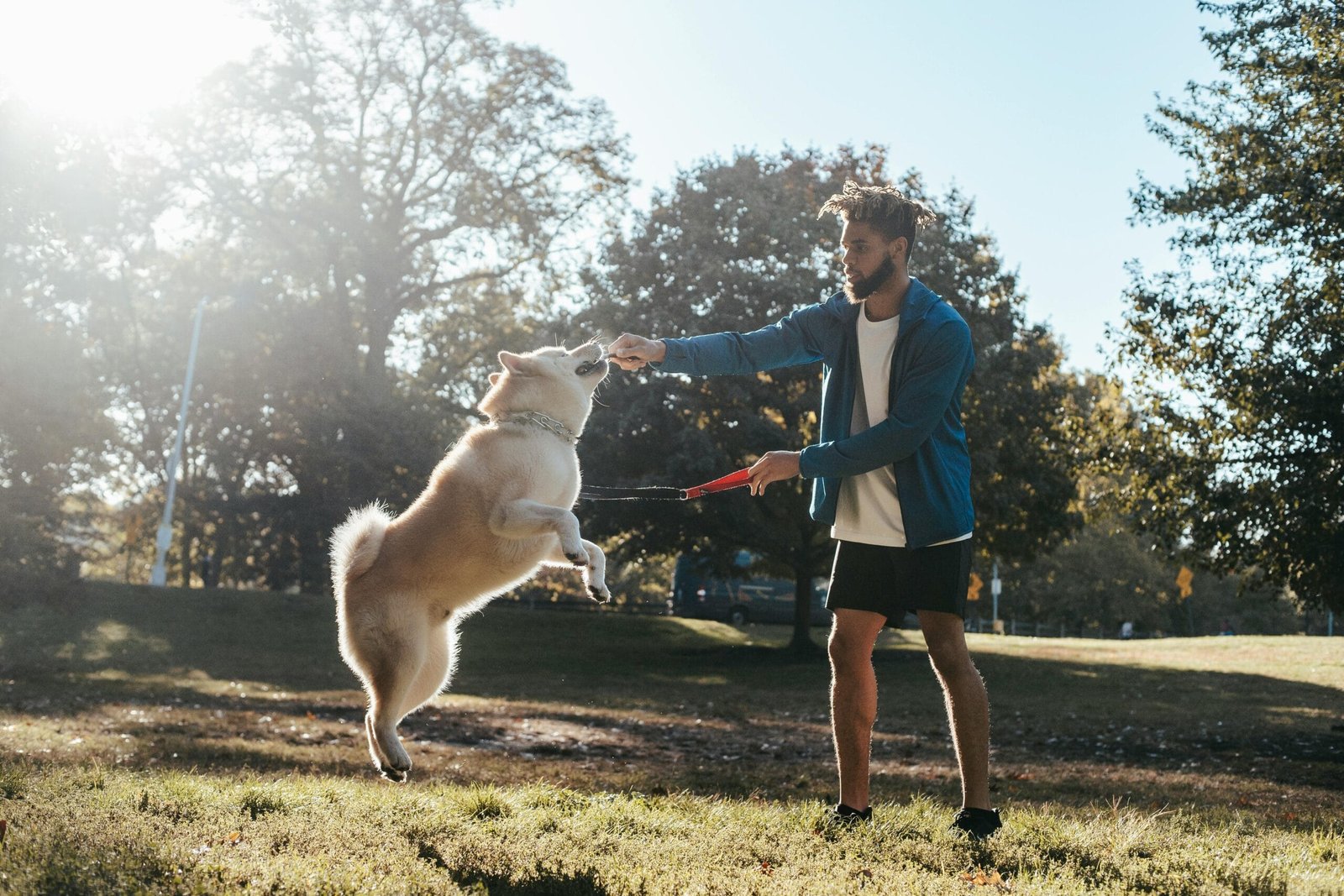
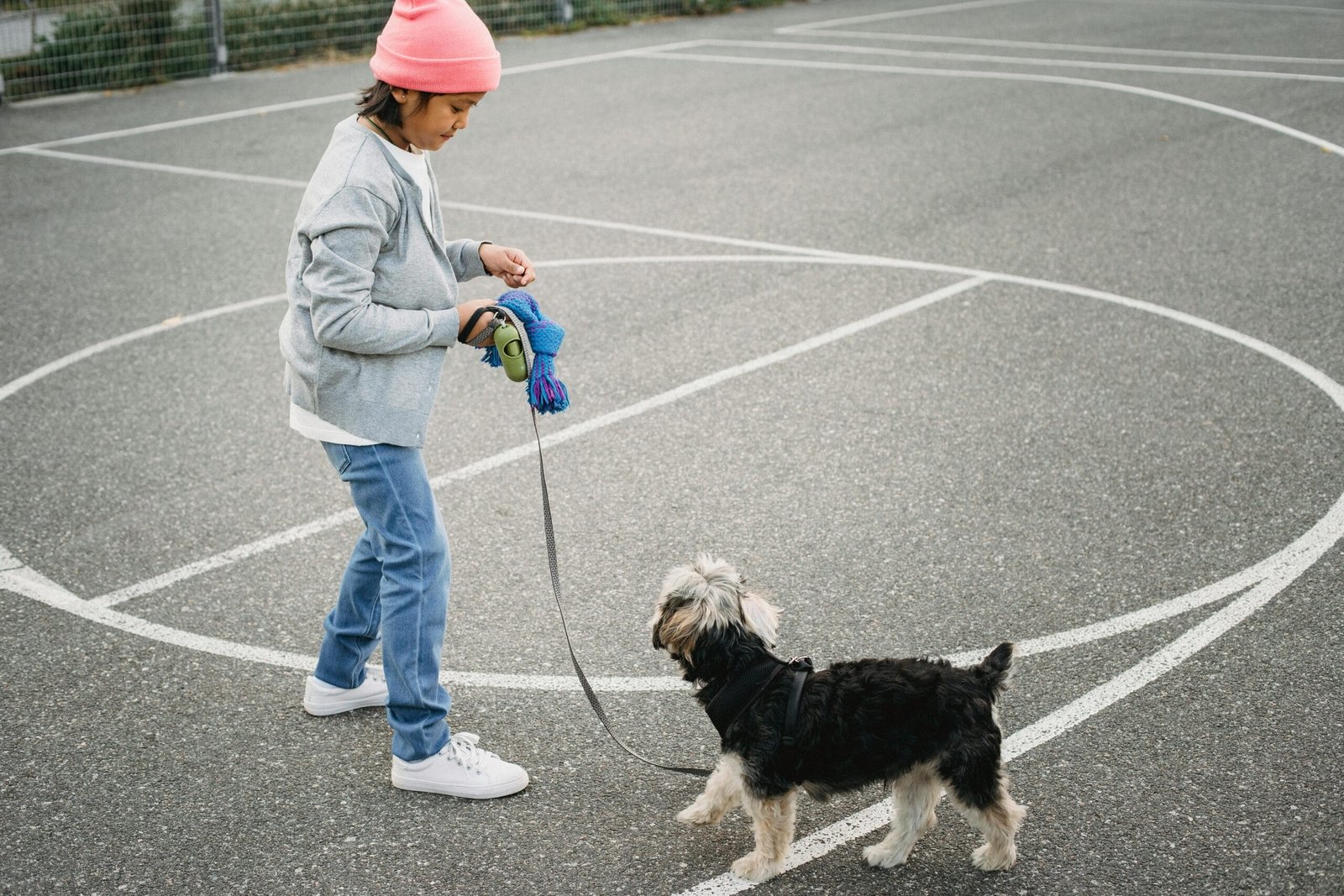


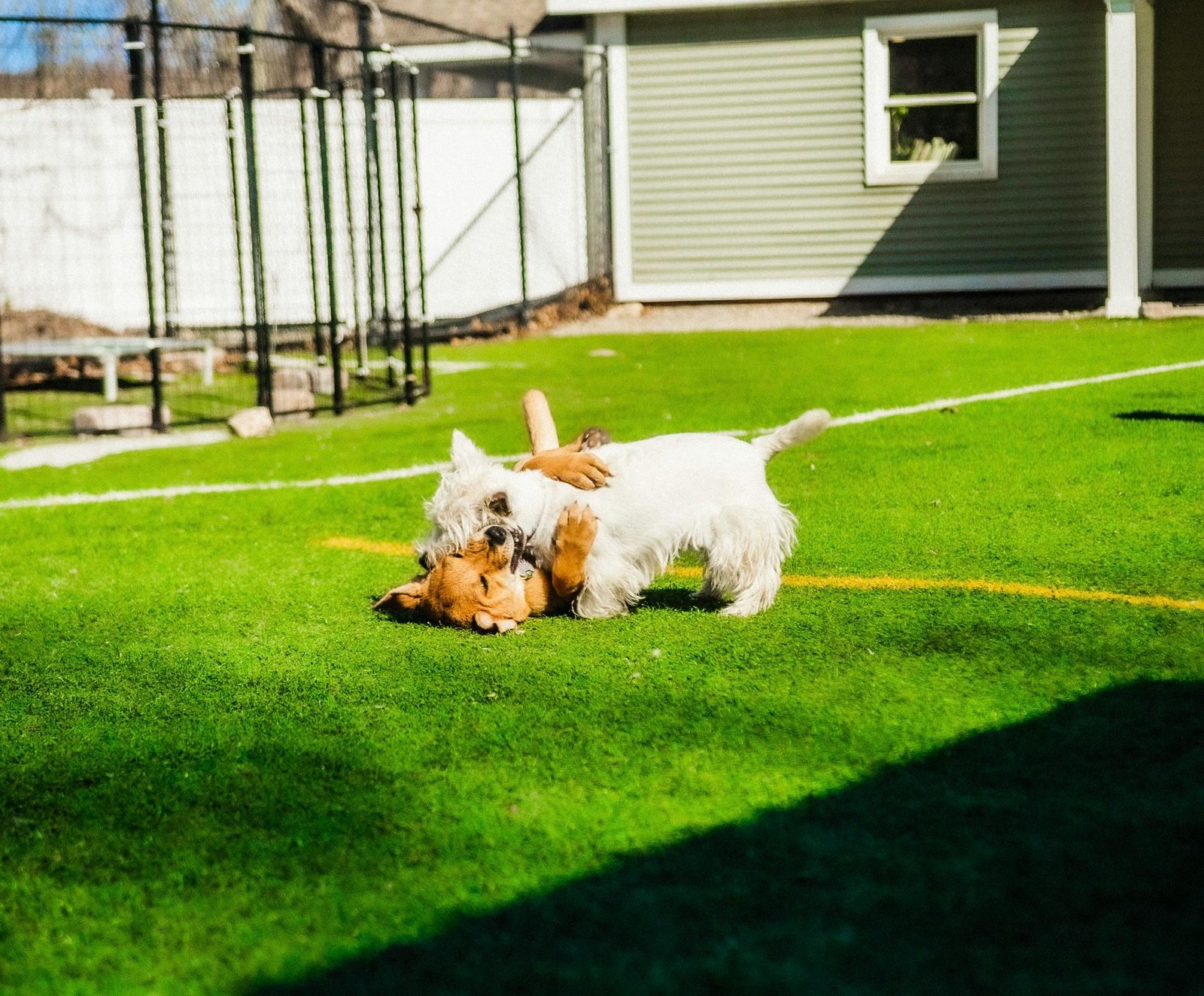
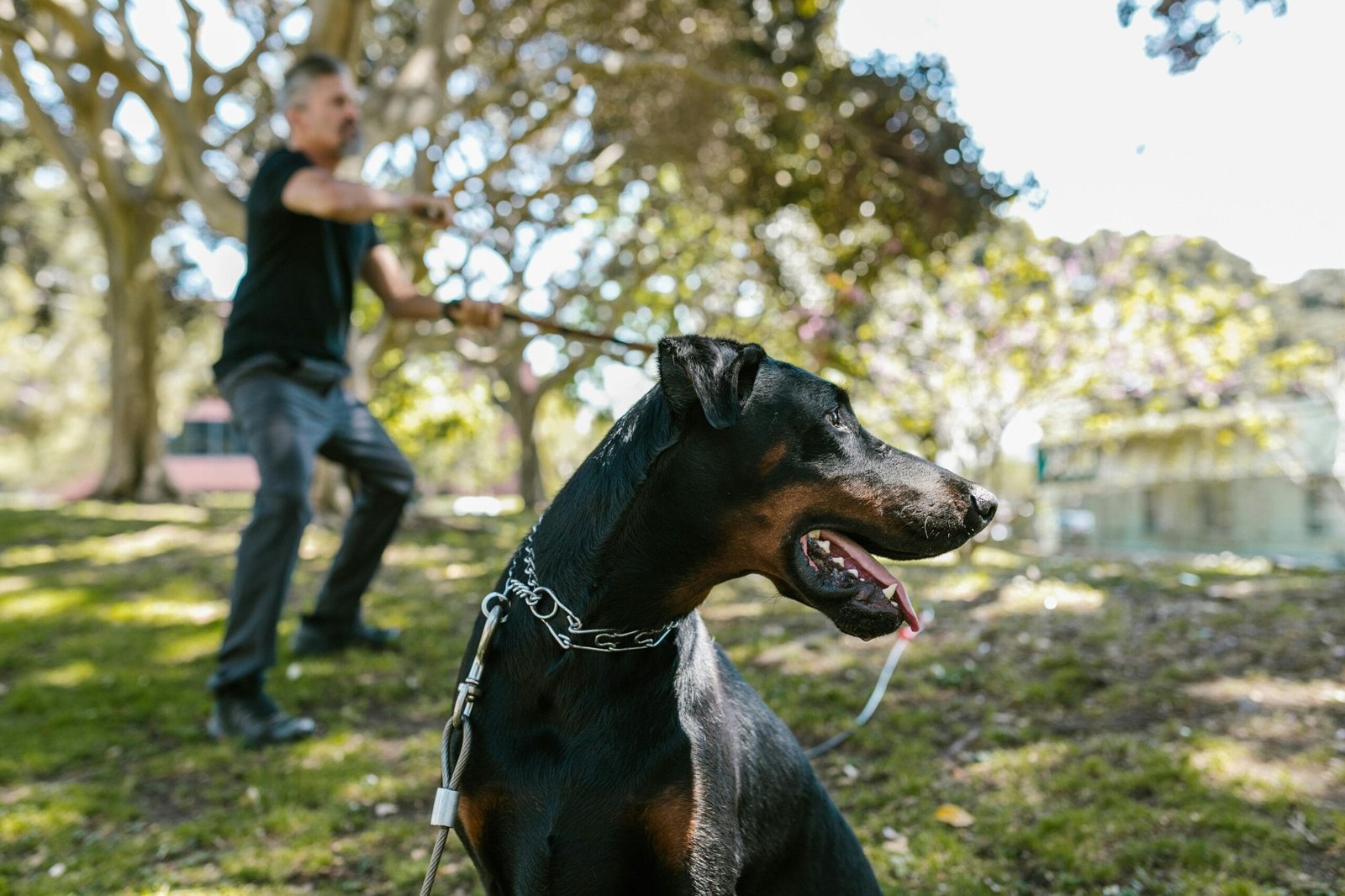
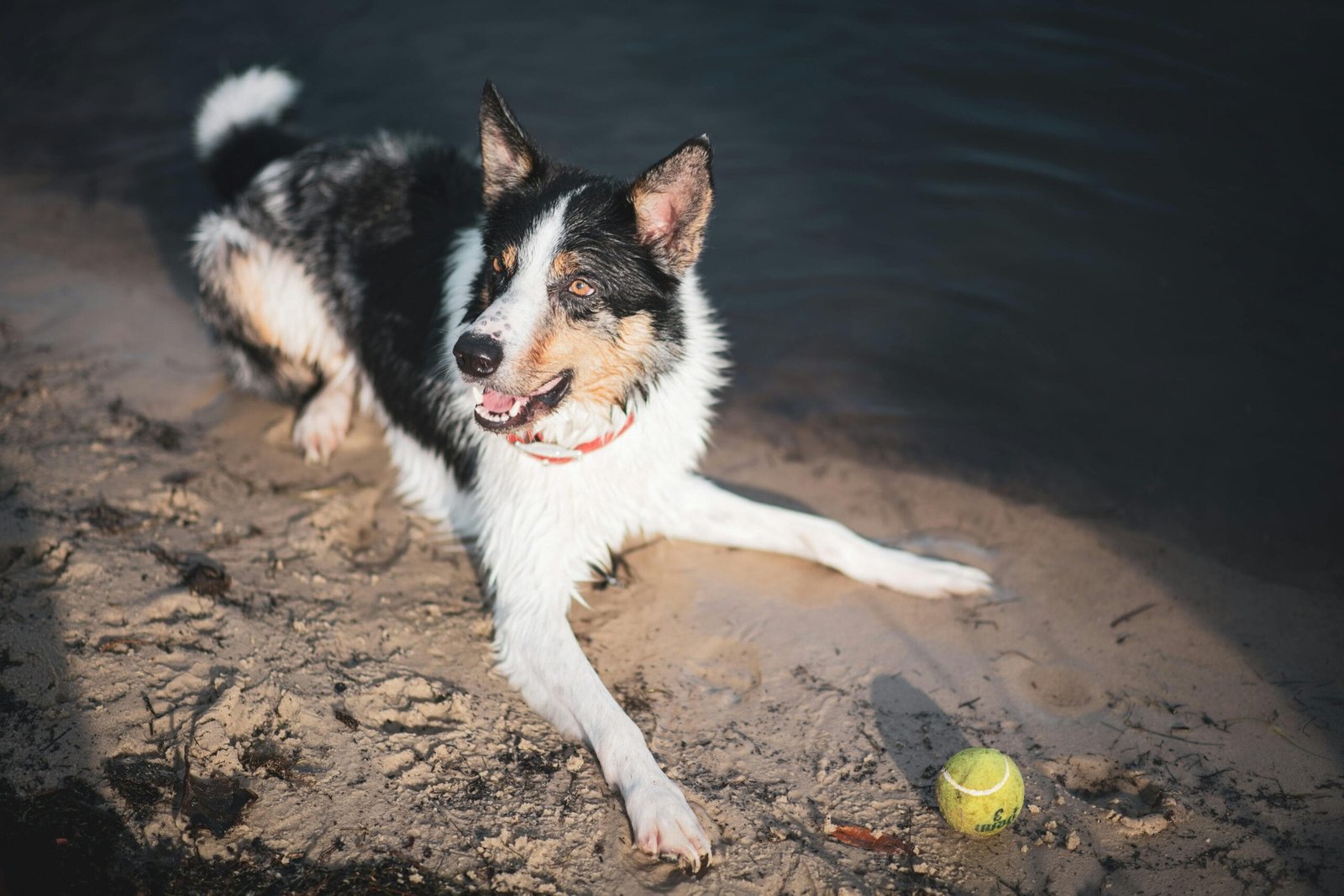
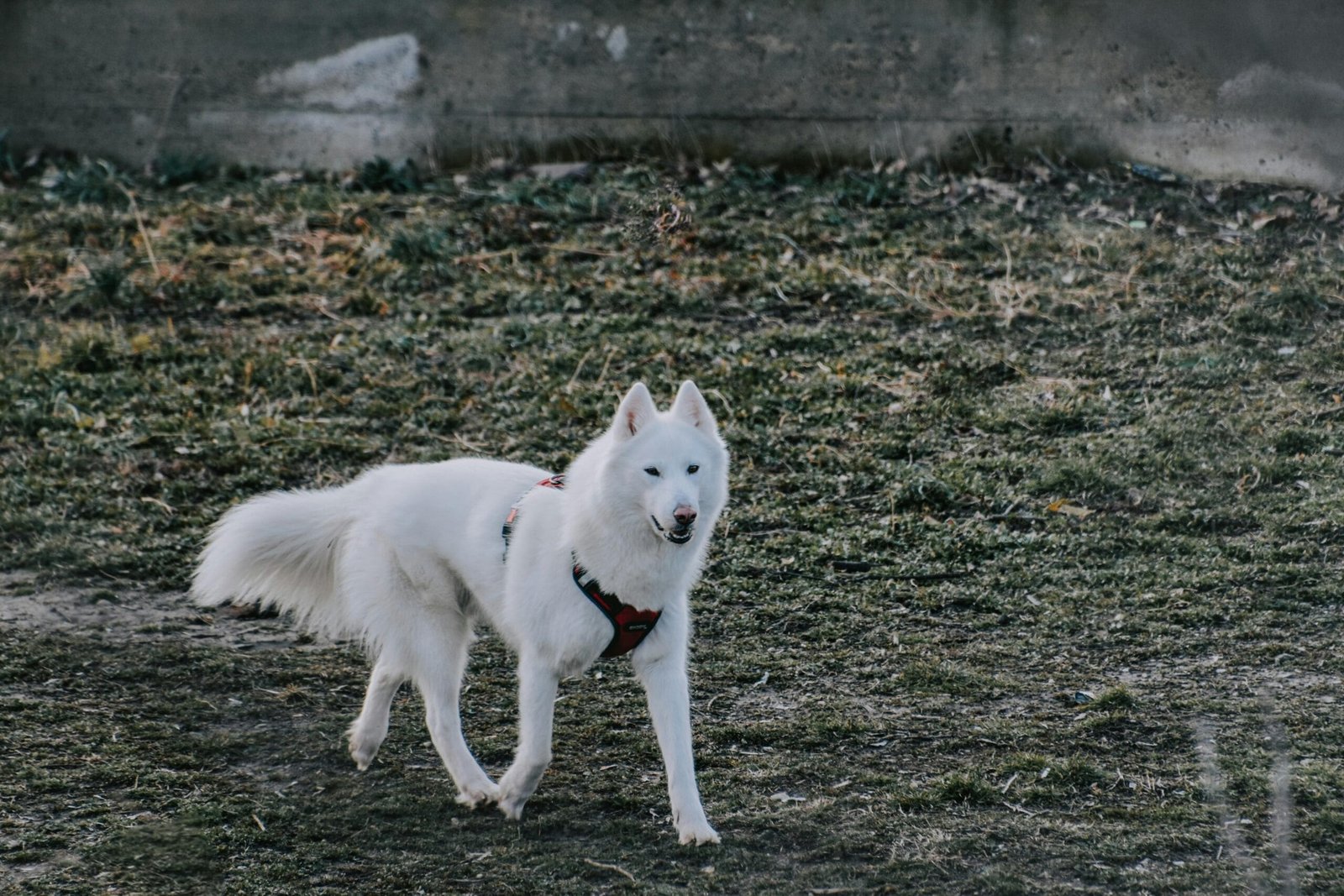
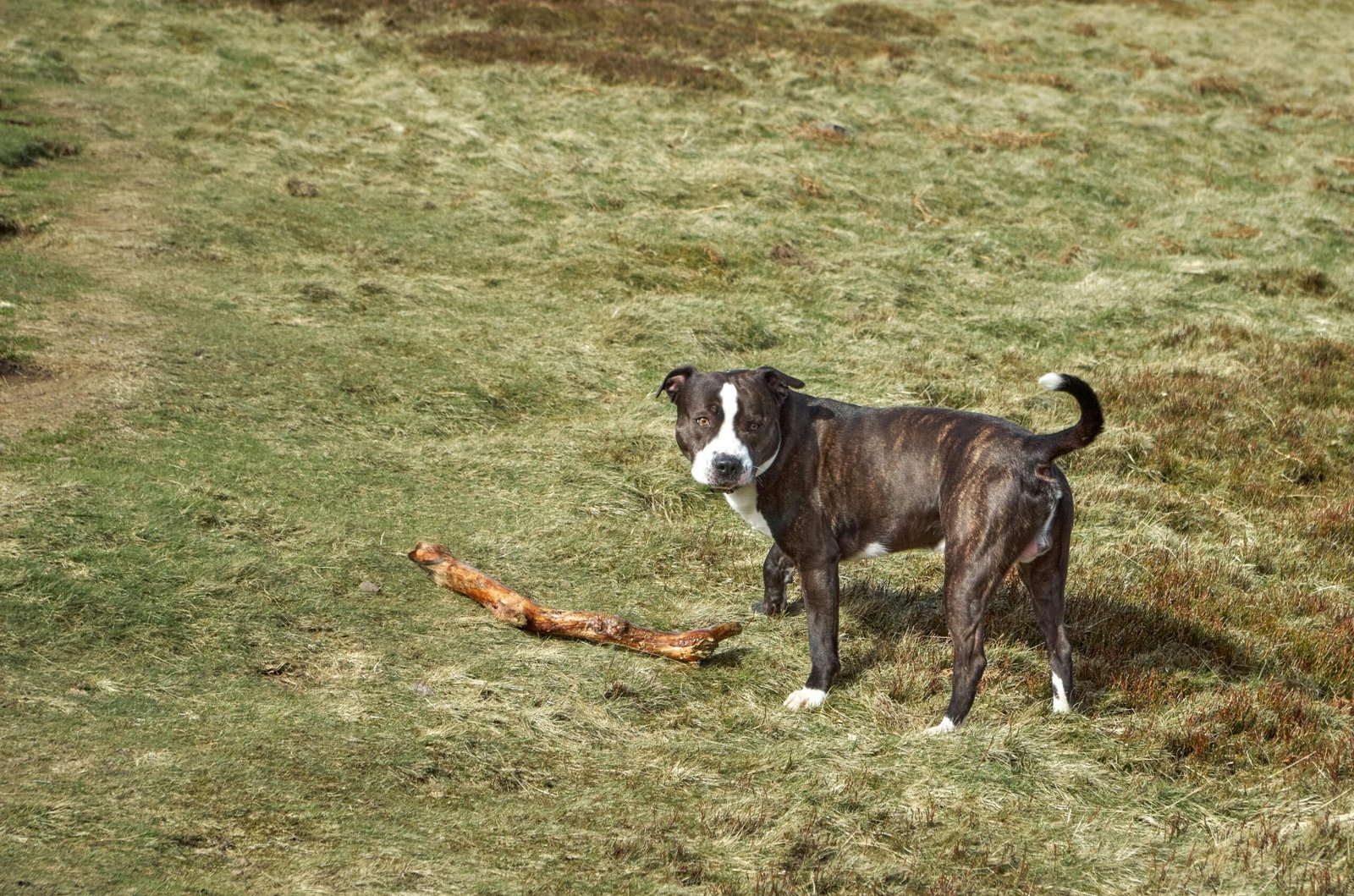



Pingback: How To Train A Dog To Follow Basic Commands | PETS LOVER BLOG